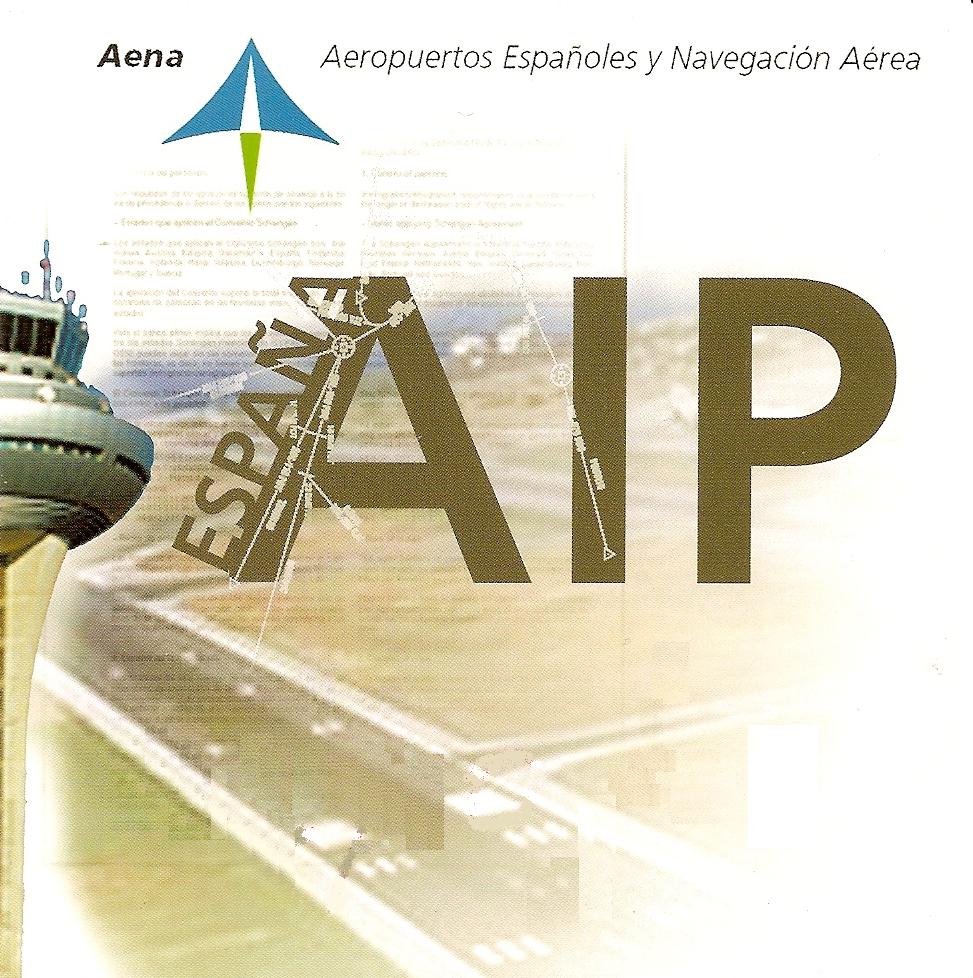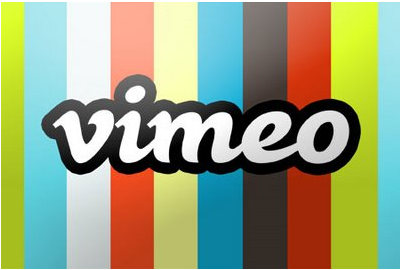Some folks often wonder if all Air Traffic Controllers (ATC) are the same. The short answer is yes. They all follow roughly the same standards in training, and do the same types of jobs. However, the assumption that they all work for the Federal Aviation Administration (FAA) is incorrect.
It's true that the United States National Airspace System is governed by air traffic controllers (ATC), but not all of them are federal employees of the FAA. So far there are roughly 640 Air Traffic Control Towers in operation throughout the United States, and among those nearly one third of them are operated by contractors not affiliated with the Federal Aviation Administration (FAA). In fact, the safety of over 4.5 million aircraft passengers every year rests in the very capable hands of experienced air traffic controllers who work for a corporation called Serco. In late 2004, Serco Corporation secured a contract to operate control towers in places as diverse as Alaska, Colorado, California, Hawaii, Wyoming and Washington. Contracts like the ones Serco has obtained were available because of a program the FAA calls The Federal Contract Tower (FCT) program.
The FCT program has provided contract air traffic control services at low-activity visual flight rules towers since 1982. Contractor-provided air traffic control services have proven safe and effective and have the same positive effect on airport growth as an FAA-staffed tower. Contract controllers have an average of between 7 years and 31 years of experience in air traffic control with the majority of this experience either with the FAA or from the military. Even salary and benefits of these contractors is comparable to that of FAA employees and is controlled by the Department of Labor. The FCT program is managed by a centralized program office in Washington, D.C. where the program operators develop the policies and procedures that support the program. This includes providing technical guidance to contractors, and ensuring safety, and providing orderly and efficient movement of aircraft at each contract tower.
There are advantages and disadvantages to having privatization in contracted air traffic control services. For instance, one of the disadvantages is related to passenger costs. For example, Canada's government sold their ATC system to a company called Nav-Canada who has been adding fees to the usage of their system. Therefore, any United States airline that enters Canadian airspace will be responsible for paying the user fee, which in turn may cause the traveling publics ticket price to increase. These user fees also affect air taxi and general aviation. The aviation business market that incorporates general aviation, air taxi and charter services would be expected to become paying members of supporting these corporations who provide air traffic control services. According to some companies who have made predictions about the costs of user fees, a King Air 200, for example, could pay as much as $10,000 a year for contract air traffic control services. However, according to the Department of Transportation (DOT), the privatization of tower services would save millions of dollars compared to the current system. For instance, the DOT reported in a study conducted in 2003 that the average cost of a tower that was operated directly by the FAA would cost around 1.3 million dollars per year. However, that same facility operated by contract would cost on average of $425,000 per year. One of the factors that promote such a saving is the fact that contract companies can utilize part-time controllers, assign controllers to more than one facility, and adjust staffing to reflect seasonal variations in traffic. This type of flexibility and efficiency is not currently available to the FAA.
The National Air Traffic Control Association (NATCA) who represent over 15,000 air traffic controllers in the United States disagree with the privatization of control towers. According to NATCA, companies like Nav-Canada are nearly $150 million dollars in the red and their user fees are continuously rising. Moreover, other countries such as Great Britain who allowed privatization of their air traffic system are now being asked by the contract company who bought the system to help bail them out of debt. Also according to NATCA, many towers that are privatized are under staffed and delays have increased by 20 percent. In fact, Eurocontrol, an east European research company recently reported data from a study they conducted that suggests that the United States air traffic control system is 74% more efficient and 79% more productive than other countries who are currently utilizing privatization as part of their air traffic system. However, the FAA has stated that these private contracts are not awarded to the "lowest bidder." They go to proven performers who offer the best service and overall value. The selection of these contractors through the contract tower program is based on technical and quality factors that outweigh the importance of price when determining the best value for operation. According to the FAA, the program is efficient and saves the taxpayer millions of dollars. This is just one area that helps reduce the overall operating costs of the FAA.
Even with all the debate on whether privatization is better or worse than government controlled towers, several countries, including the U.S. are still pushing forward with privatization. The German government has already given approval to proceed with the privatization of their air traffic system in August of 2005. In fact, the future of privatizing the air traffic system in the United States is here and the government is currently planning for Flight Service Stations (FSS) to follow suit along with other elements of the ATC system in the next decade, but its unknown as to how long it will take to complete this process, if ever.
It's true that the United States National Airspace System is governed by air traffic controllers (ATC), but not all of them are federal employees of the FAA. So far there are roughly 640 Air Traffic Control Towers in operation throughout the United States, and among those nearly one third of them are operated by contractors not affiliated with the Federal Aviation Administration (FAA). In fact, the safety of over 4.5 million aircraft passengers every year rests in the very capable hands of experienced air traffic controllers who work for a corporation called Serco. In late 2004, Serco Corporation secured a contract to operate control towers in places as diverse as Alaska, Colorado, California, Hawaii, Wyoming and Washington. Contracts like the ones Serco has obtained were available because of a program the FAA calls The Federal Contract Tower (FCT) program.
The FCT program has provided contract air traffic control services at low-activity visual flight rules towers since 1982. Contractor-provided air traffic control services have proven safe and effective and have the same positive effect on airport growth as an FAA-staffed tower. Contract controllers have an average of between 7 years and 31 years of experience in air traffic control with the majority of this experience either with the FAA or from the military. Even salary and benefits of these contractors is comparable to that of FAA employees and is controlled by the Department of Labor. The FCT program is managed by a centralized program office in Washington, D.C. where the program operators develop the policies and procedures that support the program. This includes providing technical guidance to contractors, and ensuring safety, and providing orderly and efficient movement of aircraft at each contract tower.
There are advantages and disadvantages to having privatization in contracted air traffic control services. For instance, one of the disadvantages is related to passenger costs. For example, Canada's government sold their ATC system to a company called Nav-Canada who has been adding fees to the usage of their system. Therefore, any United States airline that enters Canadian airspace will be responsible for paying the user fee, which in turn may cause the traveling publics ticket price to increase. These user fees also affect air taxi and general aviation. The aviation business market that incorporates general aviation, air taxi and charter services would be expected to become paying members of supporting these corporations who provide air traffic control services. According to some companies who have made predictions about the costs of user fees, a King Air 200, for example, could pay as much as $10,000 a year for contract air traffic control services. However, according to the Department of Transportation (DOT), the privatization of tower services would save millions of dollars compared to the current system. For instance, the DOT reported in a study conducted in 2003 that the average cost of a tower that was operated directly by the FAA would cost around 1.3 million dollars per year. However, that same facility operated by contract would cost on average of $425,000 per year. One of the factors that promote such a saving is the fact that contract companies can utilize part-time controllers, assign controllers to more than one facility, and adjust staffing to reflect seasonal variations in traffic. This type of flexibility and efficiency is not currently available to the FAA.
The National Air Traffic Control Association (NATCA) who represent over 15,000 air traffic controllers in the United States disagree with the privatization of control towers. According to NATCA, companies like Nav-Canada are nearly $150 million dollars in the red and their user fees are continuously rising. Moreover, other countries such as Great Britain who allowed privatization of their air traffic system are now being asked by the contract company who bought the system to help bail them out of debt. Also according to NATCA, many towers that are privatized are under staffed and delays have increased by 20 percent. In fact, Eurocontrol, an east European research company recently reported data from a study they conducted that suggests that the United States air traffic control system is 74% more efficient and 79% more productive than other countries who are currently utilizing privatization as part of their air traffic system. However, the FAA has stated that these private contracts are not awarded to the "lowest bidder." They go to proven performers who offer the best service and overall value. The selection of these contractors through the contract tower program is based on technical and quality factors that outweigh the importance of price when determining the best value for operation. According to the FAA, the program is efficient and saves the taxpayer millions of dollars. This is just one area that helps reduce the overall operating costs of the FAA.
Even with all the debate on whether privatization is better or worse than government controlled towers, several countries, including the U.S. are still pushing forward with privatization. The German government has already given approval to proceed with the privatization of their air traffic system in August of 2005. In fact, the future of privatizing the air traffic system in the United States is here and the government is currently planning for Flight Service Stations (FSS) to follow suit along with other elements of the ATC system in the next decade, but its unknown as to how long it will take to complete this process, if ever.
[ATC today, número 1, noviembre 2009]
















